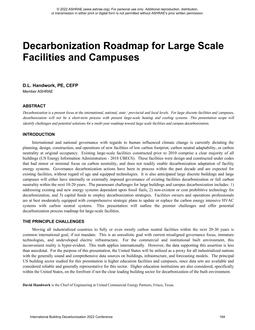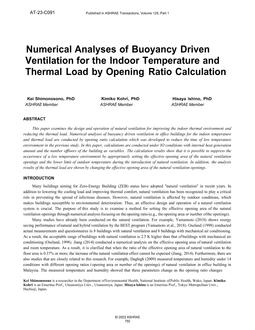
AT-78-07-1 — Assessment of Thermal Comfort
Comfort is a generic term covering a wide diversity of species of sensation. One can be financially comfortable, be uncomfortable in dungarees if everyone else is wearing a suit, wear comfortable shoes or be comfortable at the speed at which someone else is driving you in their car. Even if one restricts the range to thermal comfort, there are a large number of factors to consider. Thermal comfort can be expected to be a subjective value judgement as much as any precise definition of state, with considerable inter-individual variability and even intra-individual variability unless clothing, activity, time since last meal, etc. are well controlled.
There are at least as many different approaches to defining and assessing thermal comfort as there are different disciplines involved in studying the problem. Heating and air conditioning engineers began to develop indices over 50 years ago (Houghten and Yaglou, 1923) to evaluate the “effective” acceptability of indoor thermal environmental conditions. Engineers and psychologists, following these leads, have developed some quite useful scales: “thermal sensation” (KSU), “predicted mean vote” (Fanger), various scales of “comfort vote” (Rohles), etc. Recent work, recognizing the impossibilities of satisfying everyone at a single thermostat setting has lead to the concept of the “predicted percent dissatisfied” (Fanger), while the growing need for energy conservation has tended to move ASHRAE research away from the idealized “comfort” state toward the thresholds for significant discomfort arid/or performance decrement.
Product Details
- Published:
- 1978
- Number of Pages:
- 6
- File Size:
- 1 file , 330 KB
- Product Code(s):
- D-AT-78-07-1
- Note:
- This product is unavailable in Russia, Belarus


